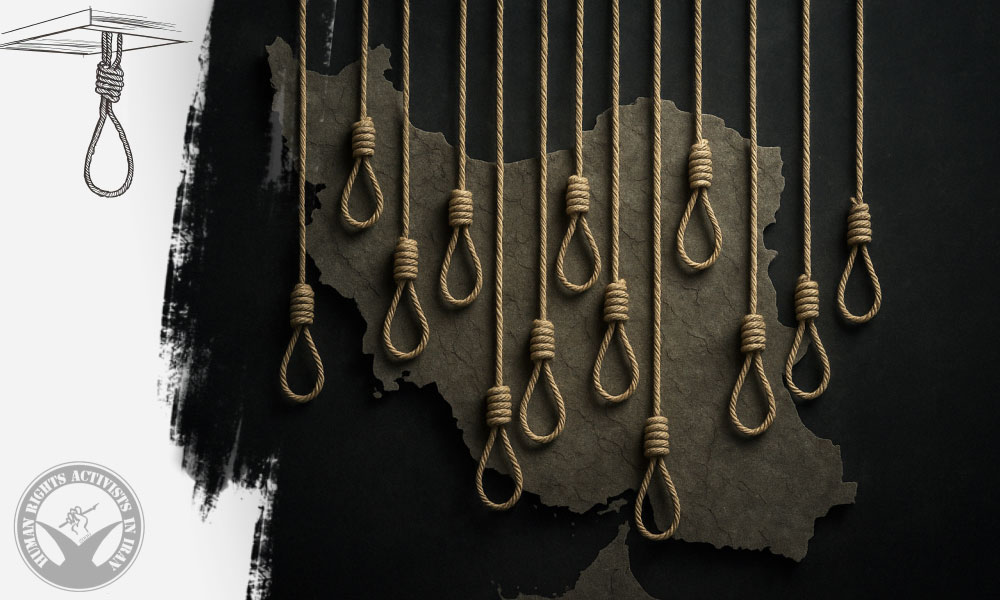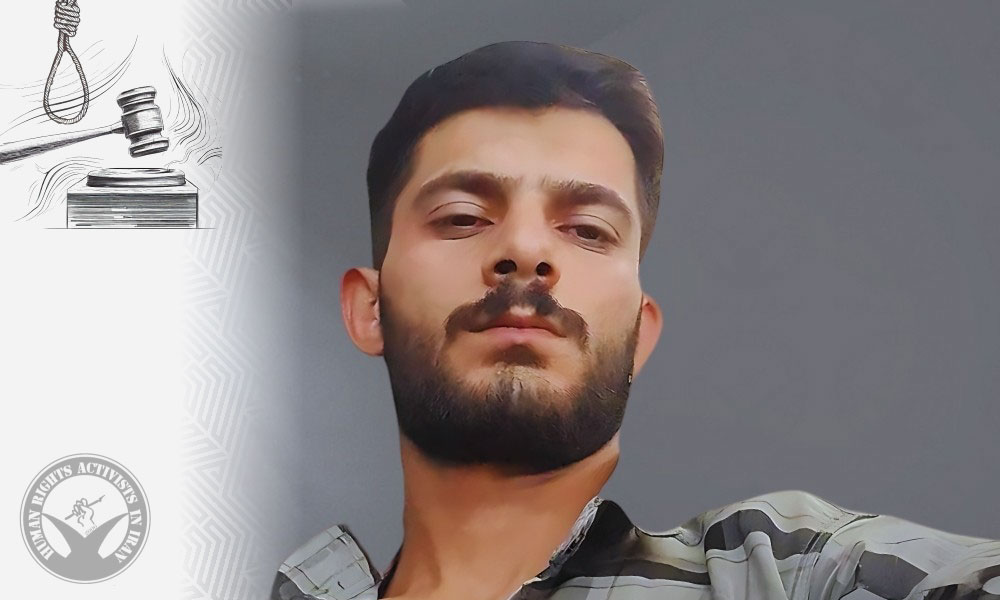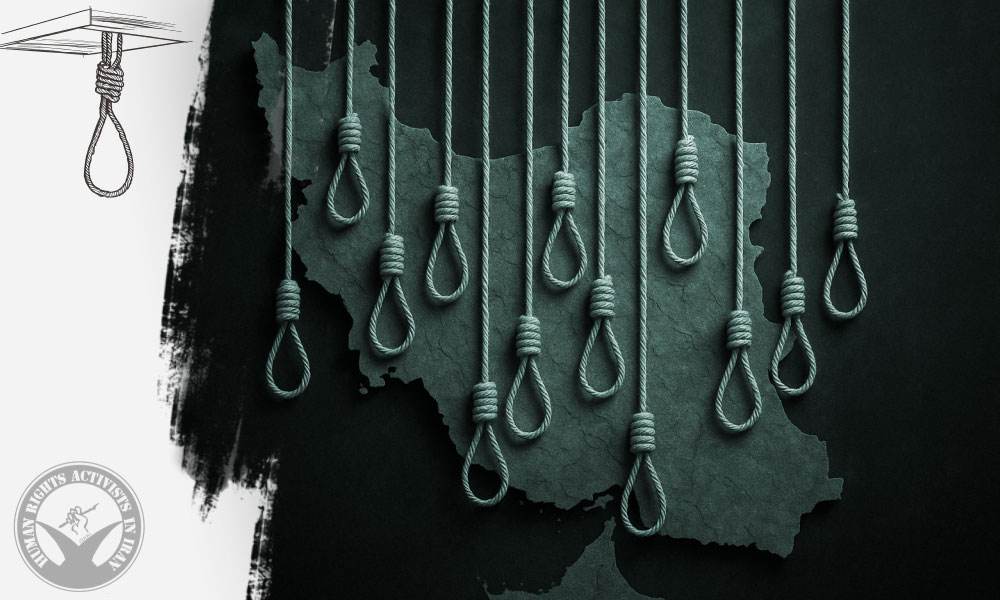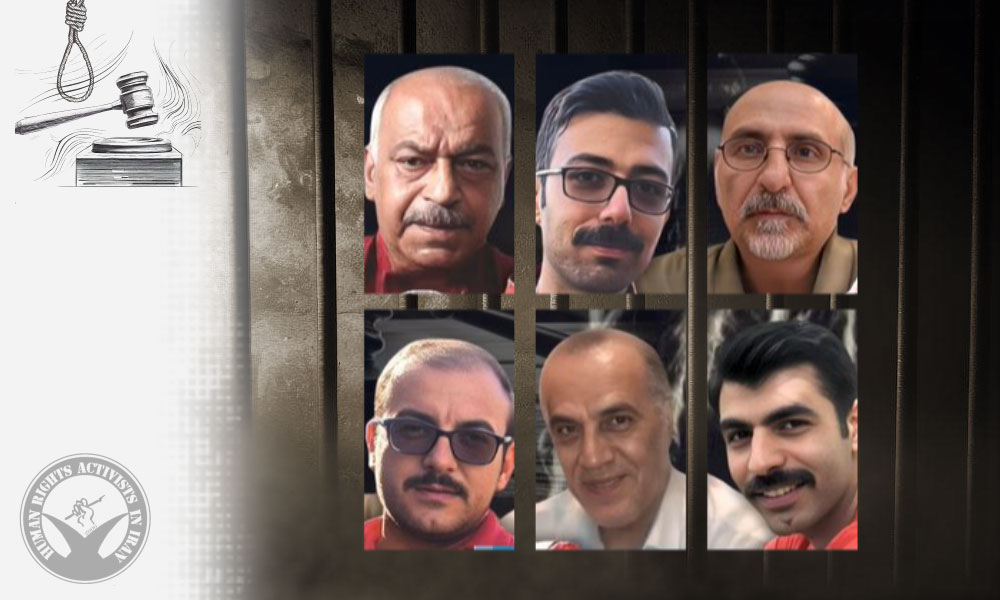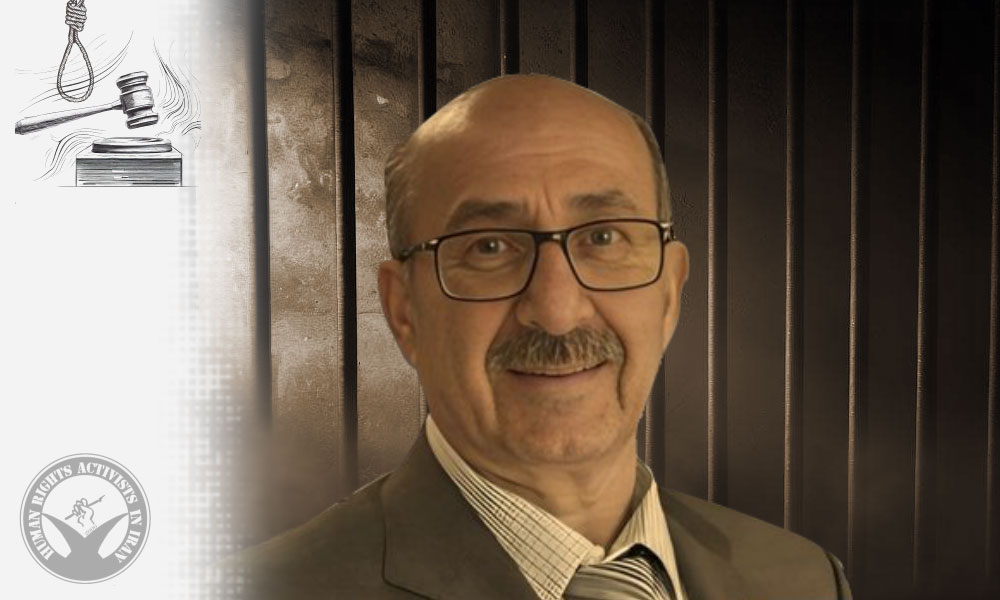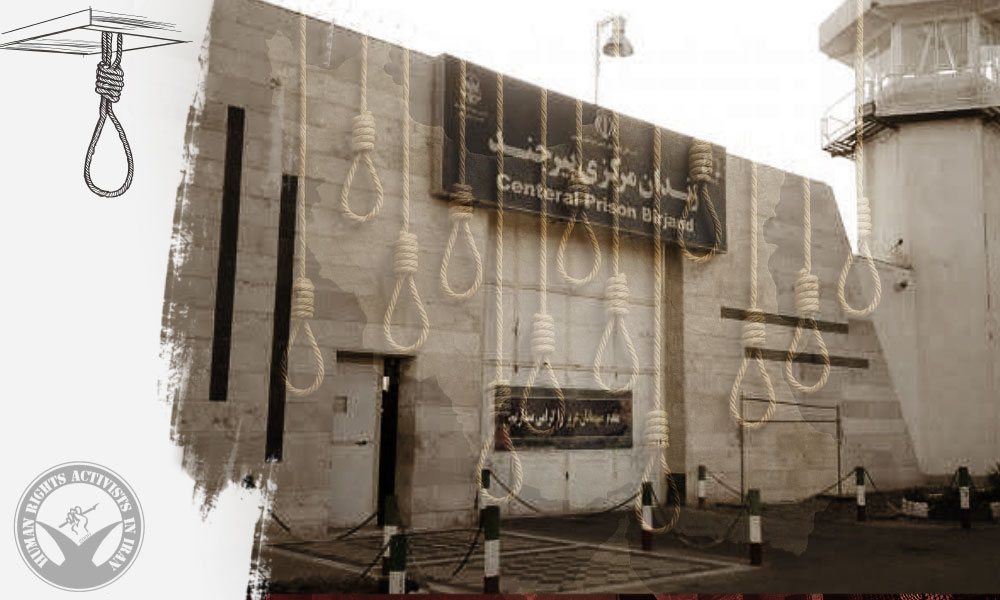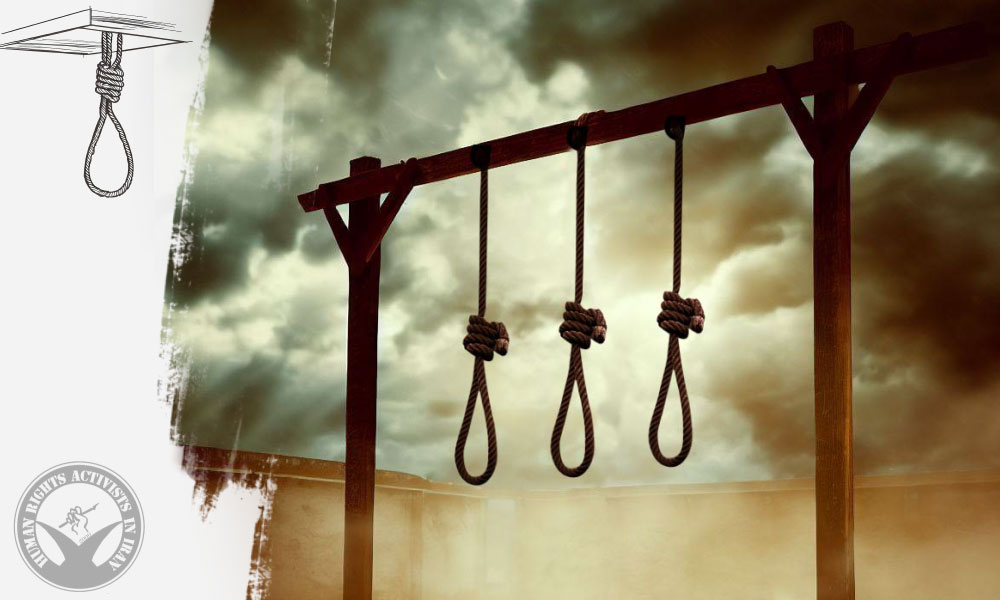HRANA – Yesterday, Thursday, December 11, at least eight more prisoners were executed in Iran on charges of murder and drug-related offenses. In addition, the execution of two other prisoners was reported on Wednesday, December 10.
On this day, HRANA reported the execution of the following individuals:
• Ali Shamloo, on drug-related charges, in Bojnurd Prison;
• Kavian (first name only, last name unknown), on a murder charge, in Bukan Prison;
• Kabir Mahmoudvand, on a murder charge, in Mahshahr Prison;
• Yaser Jahantigh, on a murder charge, in Sari Prison;
• Mohammad Ghahramani, on a murder charge, in Ferdows Prison;
• Sasan Sheikhi, on a murder charge, in Behbahan Prison.
Additionally, two prisoners were executed in Taybad Prison on drug-related charges. HRANA has identified one of them as Manouchehr Navabi.
Furthermore, on Wednesday, December 10, the execution of two prisoners in Lakan Prison in Rasht was reported by the Iran Human Rights. The identities of these prisoners were reported as Mehrdad Rezaei, 31 years old, from the village of Chaperpard in Rasht County, and Saeed Khoshkalam, 27 years old, from Karaj. Mehrdad Rezaei was arrested four years ago and Saeed Khoshkalam three years ago in separate cases on drug-related charges and were subsequently sentenced to death by judicial authorities.
As of the time of this report, the executions of these prisoners have not been officially announced by prison officials or relevant authorities.



